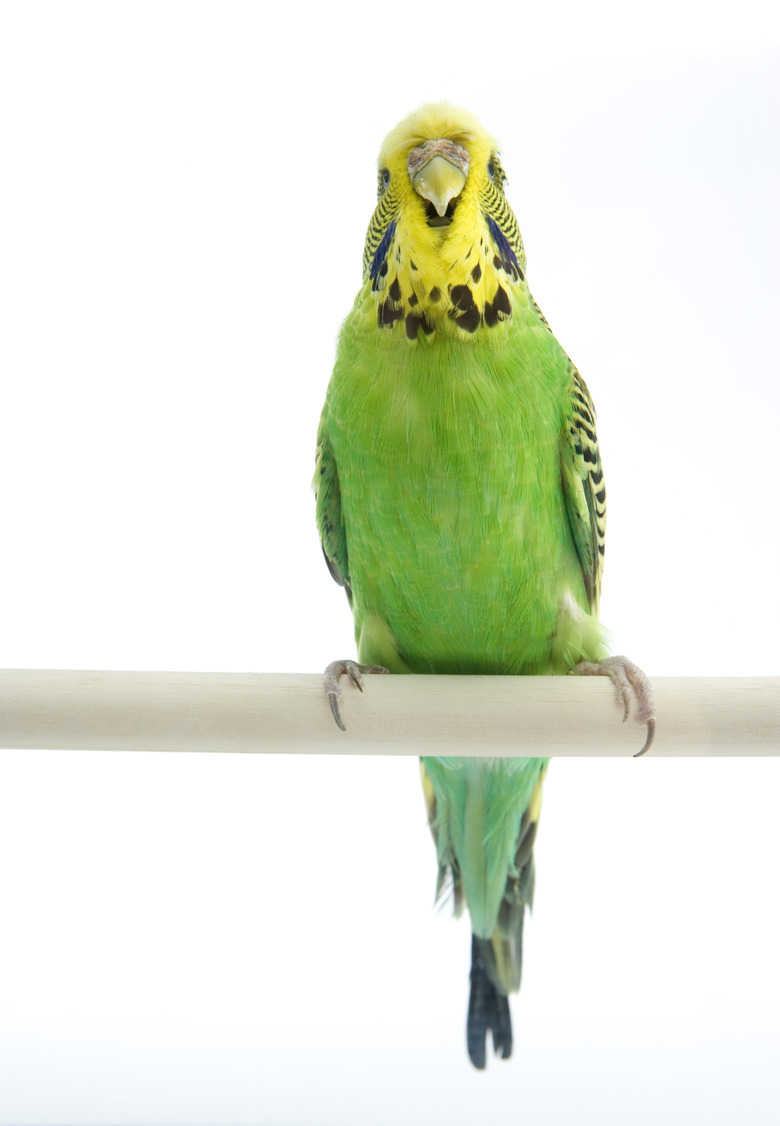Parakeet Nesting Behavior
When a parakeet is ready for nesting, it will display certain behaviors that indicate its preparation for breeding. This behavior becomes more regular and energetic during springtime, as this is the time of year when birds instinctively want to reproduce. Usually, this nesting behavior only occurs once a year for a sexually mature parakeet. Knowing the signs of nesting behavior will help you not only to understand when your pet parakeet is ready for the breeding season, but also teach you, as an owner, how to deal with the behavior.
Courtship Behavior
Courtship Behavior
A parakeet may display courtship behavior during nesting season. Preening and increased vocalizations are behavioral signs that your parakeet is ready for nesting. Behavior such as strutting with tail feathers fanned out, neck feathers up and eyes flashing wildly are forms of courtship behavior that tend to become more frequent and emphasized during nesting time.
Preparing a Nest
Preparing a Nest
Preparing a nest is a sure sign that your parakeet is showing nesting behavior. Your pet parakeet might start rooting around in dark areas, such as under newspaper at the bottom of its cage, and burrowing in fabrics in order to make a nest. It may also chew on whatever it can, such as wood, windowsills or lampshades. Nesting parakeets will often defend their chosen nesting areas aggressively and noisily, which is temporary.
Regurgitation of Food
Regurgitation of Food
If a pet parakeet is kept on its own, it may regurgitate food or even a toy for its owner during nesting season. This behavior will become quite frequent when a parakeet is reproductively stimulated. Regurgitation is associated with feeding their mate or young, which means a parakeet is prepared for breeding.
Egg-Laying
Egg-Laying
Female parakeets may lay one or more eggs, called a clutch, during nesting season, which can occur even without a male parakeet. The eggs that a female parakeet produces are infertile. It is best for the owner to leave the eggs under the care of the female parakeet for a minimum of 10 days if breeding is discouraged. This waiting period allows the female to finish its hormonal cycle and prevents excessive egg-laying, which can be detrimental to the parakeet's health.
